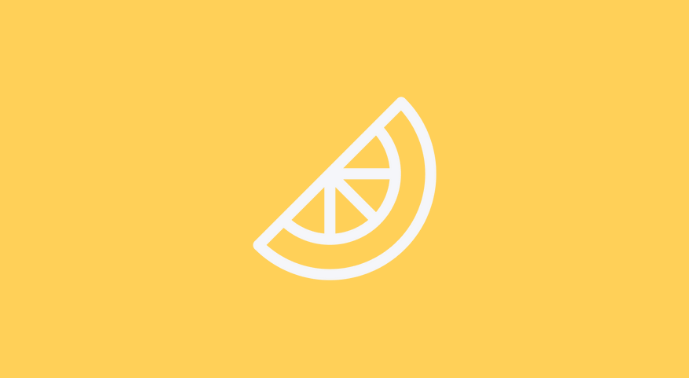The parts of food that are not broken down by digestive enzymes are called fiber. Fiber foods are not digested in the intestines, but they help digest and absorb other nutrients. Dietary fiber is the main component of diet products with low energy value, which has become increasingly important in recent years. Dietary fiber, which is often used in food formulations due to its functional properties, has many positive effects on health.
Effect on your health
Those who regularly consume 25-30 grams of fiber daily have a significantly reduced risk of cardiovascular diseases, diabetes and digestive system diseases compared to those who do not. The quality of life and life expectancy of those fed with fiber foods increases.
The general benefits of high fiber foods:
✓ Eating high fiber foods improves quality of life and life expectancy.
✓ High fiber foods regulate bowel movements.
✓ High fiber foods support bowel health.
✓ Fiber foods are also beneficial for cardiovascular health.
✓ They control the sugar level in the blood.
✓ They help to lose excess weight.
✓ They protect our body against some types of cancer.
✓ They help reduce inflammation in organs.
✓ They provide a feeling of satiety.
Types of high fiber foods
What are the types of high fiber foods?
Grains such as oats, wheat, and barley are fibrous foods that contain high amounts of fiber. Vegetables such as okra, eggplant and beet are good sources of fiber. Fleshy fruits (like apples, pears, and peaches) are generally good sources of fiber. All nuts are rich in fiber.
Grains
✓ Oats
Vegetables
✓ Broccoli,
✓ Brussels sprouts
✓ Carrots
✓ Okra
Fruits
✓ Pear,
✓ Orange
✓ Grapefruit
✓ Banana
✓ Peach
✓ Apple
Ideal consumption
How much is the ideal consumption?
25 -30 grams for adults or 10 -13 grams per 1000 kcal of food is recommended. For children over 2 years old, 5 grams should be added to the child’s age. They should be taken with plenty of water. Daily dietary fiber intake should not exceed 30 to 40 grams.
Can consuming too much fiber be harmful?
Eating too much fiber or eating too much pure fiber can prevent minerals such as iron, zinc, calcium, and magnesium from being fully absorbed by the body.
Consuming high fiber in a short time can cause gas, bloating and abdominal cramps. Including fiber in your diet in gradually increasing proportions will protect you from these side effects.
✓ Gas
✓ Bloating
✓ Abdominal cramps
✓ Preventing the absorption of some minerals
Increasing fiber consumption
How can we increase our daily fiber consumption?
✓ Provide food variety in diet.
✓ For breakfast, eat foods high in fiber such as wholemeal breads, foods made from
whole wheat flour, and vegetables and fruits.
✓ Consume legumes (lentils, dried beans, chickpeas, etc.) 2 to 3 times a week. Strive to consume at least 5 servings of vegetables and fruits a day.
✓ If the skin of fibrous foods can also be consumed (such as apples, pears, tomatoes and potatoes), consume them without peeling.
✓ Consume fresh fruit instead of juice. When juice is obtained, the fiber content is almost non-existent.
✓ When choosing foods, choose those with higher fiber content.
✓ Prefer whole grain and whole grain products (whole wheat bread, wholemeal bulgur, wholemeal flour, wholemeal rice, etc.) instead of refined products (such as bread and other flour products and rice).
✓ Add legumes and peas to your meals and soups.
References
1. Dhingra, D., Michael, M., Rajput, H. & Patil, R. T. Dietary fibre in foods: a review. J. Food Sci. Technol. 49, 255–66 (2012).
2. Administration, U. S. F. and D. Nutrition Facts Label: Dietary Fiber. Dietary Fiber 2
https://www.accessdata.fda.gov/scripts/InteractiveNutritionFactsLabel/factsheets/Dietary_Fiber.pdf. (Erişim tarihi: 01.10.2018)
3. Samur, G. & Mercanlıgil, S. M. Diyet Posası ve Beslenme. (T.C. Sağlık Bakanlığı Temel Sağlık Hizmetleri Genel Müdürlüğü
Beslenme ve Fiziksel Aktiviteler Daire Başkanlığı, 2008).
4. British Nutrition Foundation. Dietary fibre. Dietary fiber (2018). https://www.nutrition.org.uk/healthyliving/basics/fibre.html.
(Erişim tarihi: 01.10.2018)
5. Holscher, H. D. Dietary fiber and prebiotics and the gastrointestinal microbiota. Gut Microbes 8, 172–184 (2017).
6. Slavin, J. Fiber and Prebiotics: Mechanisms and Health Benefits. Nutrients 5, 1417–1435 (2013).
7. Zhang, H., Wang, H., Cao, X. & Wang, J. Preparation and modification of high dietary fiber flour: A review. Food Res.
Int. 113, 24–35 (2018).
8. Karl, J. P. & Saltzman, E. The Role of Whole Grains in Body Weight Regulation. Adv. Nutr. 3, 697–707 (2012).
9. Cook, C. M., Rains, T. M. & Maki, K. C. Effects of Oats on Obesity, Weight Management, and Satiety. in Oats Nutrition and
Technology 265–279 (John Wiley & Sons Ltd, 2013).
10. Ma, Y. et al. Dietary fiber intake and risks of proximal and distal colon cancers. Medicine (Baltimore). 97, e11678 (2018).
11. Slavin, J. L. Position of the American Dietetic Association: health implications of dietary fiber. J. Am. Diet. Assoc. 108, 1716–31
(2008).
12. https://www.bayindirhastanesi.com.tr/blog/lif-kaynagi-besinlerin-sagligimiza-faydalari-420
13. http://sbu.saglik.gov.tr/ekutuphane/kitaplar/t9.pdf
14. https://www.nhs.uk/live-well/eat-well/how-to-get-more-fibre-into-your-diet/



Pingback: Teamwork - Yesil Health